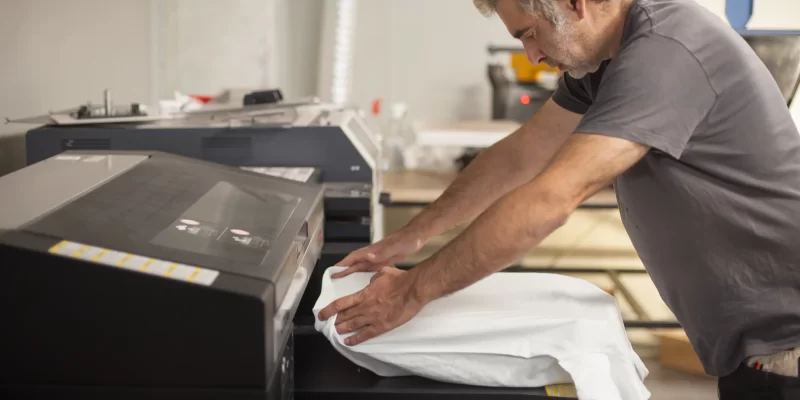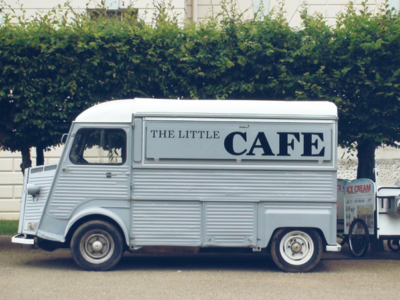DTF (Direct to Film) transfer printing seasoned printer or a newcomer to the industry, mastering DTF transfer printing opens up a world of possibilities for your business. Before diving into the specifics, it’s crucial to understand the fundamental process of DTF transfer printing. This technique involves printing a specialized transfer film using a DTF printer, which utilizes eco-friendly water-based pigment inks. The printed design is transferred onto a garment or substrate using a heat press, producing a vibrant and long-lasting image.
DTF transfer printing process consists of three main stages
- Printing– The design is printed onto a clear PET (Polyethylene Terephthalate) film using the DTF printer.
- Powdering- A unique DTF powder is applied to the printed film, adhering to the inked areas and creating a raised textured surface.
- Heat transfer– The powdered film is placed on the garment or substrate, and a heat press transfers the design.
Preparing your workspace and equipment
Proper preparation is critical to achieving consistent and high-quality results in dtf impresion transfer printing. Begin by ensuring your workspace is clean, well-lit, and free from dust or debris that could contaminate your prints. Refer to the manufacturer’s instructions to calibrate the printer correctly, ensuring accurate colour reproduction and optimal ink saturation. Invest in high-quality DTF powder and ensure it is compatible with your printer and inks. Verify that the pressure and temperature settings are correctly adjusted for the specific garment or substrate you’ll be working with. Improper settings lead to incomplete transfers, scorching, or poor adhesion.
Mastering the printing process
Achieving a successful DTF transfer print begins with a flawless printing phase.
- Design Preparation– Ensure your artwork is in the correct file format (typically PNG or TIFF) and sized appropriately for your intended application.
- Ink settings– Experiment with different ink settings to find the perfect balance between vibrancy and saturation. Overly saturated inks lead to excessive powdering and potential issues during the transfer process.
- Printer maintenance– Regular cleaning and maintenance of your DTF printer are essential to prevent clogged nozzles, banding, or other print quality issues.
- Film handling-Handle the printed film carefully, avoiding unnecessary stretching or creasing, as this distorts the design and affects the transfer quality.
Applying the DTF powder
The powdering stage is arguably the most critical step in the DTF transfer printing process. The powder adheres to the printed ink, creating a raised, textured surface that will eventually be transferred onto the garment or substrate.
When applying the powder, it’s essential to strike the right balance. Too little powder leads to incomplete transfers, while excessive powder results in a rough or uneven surface texture.
- Powder application– Use a powder applicator tool or a soft brush to distribute the powder over the printed design evenly. Ensure complete coverage, paying particular attention to edges and detailed areas.
- Powder temoval- After applying the powder; gently remove any excess using a soft brush or compressed air. This step ensures a smooth, even surface for the transfer process.
- Curing time– Allow the powdered film to cure for the recommended time before proceeding to the transfer stage. This curing period allows the powder to adhere to the ink properly, ensuring a successful transfer.








Comments